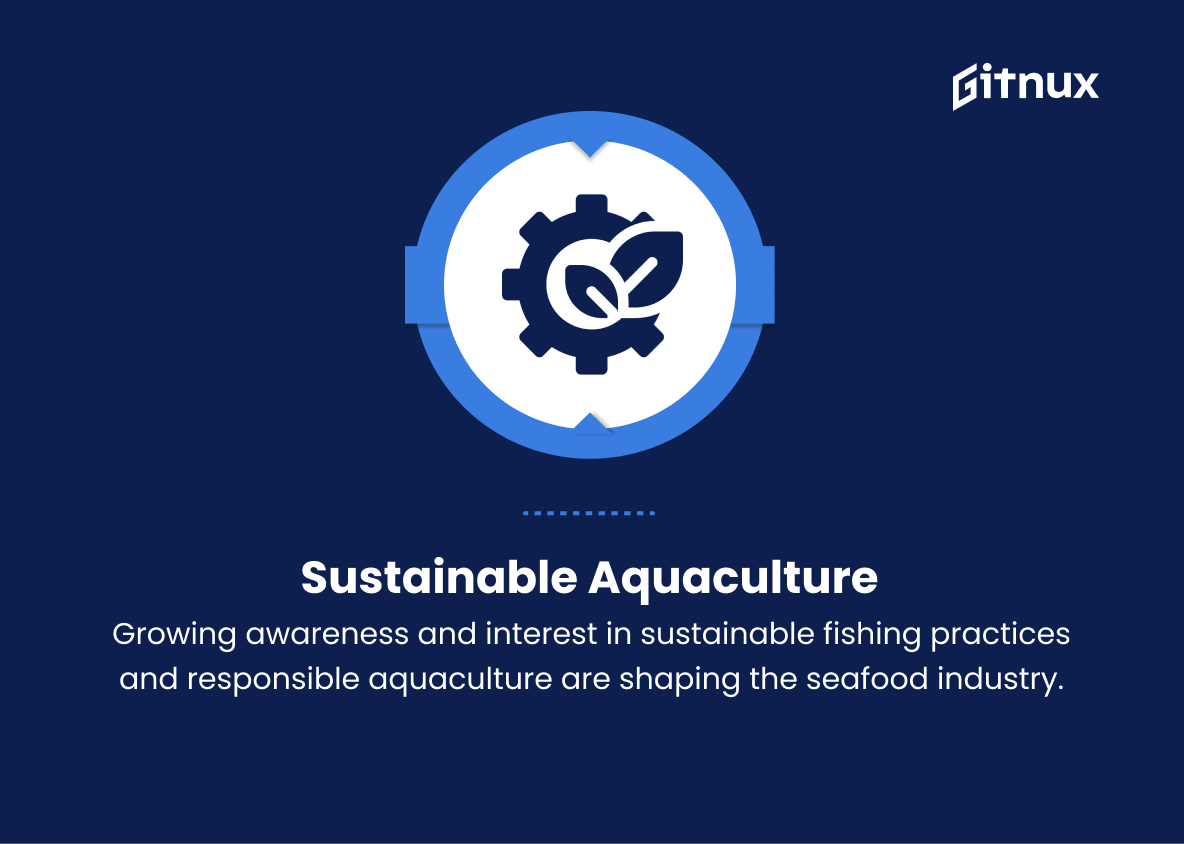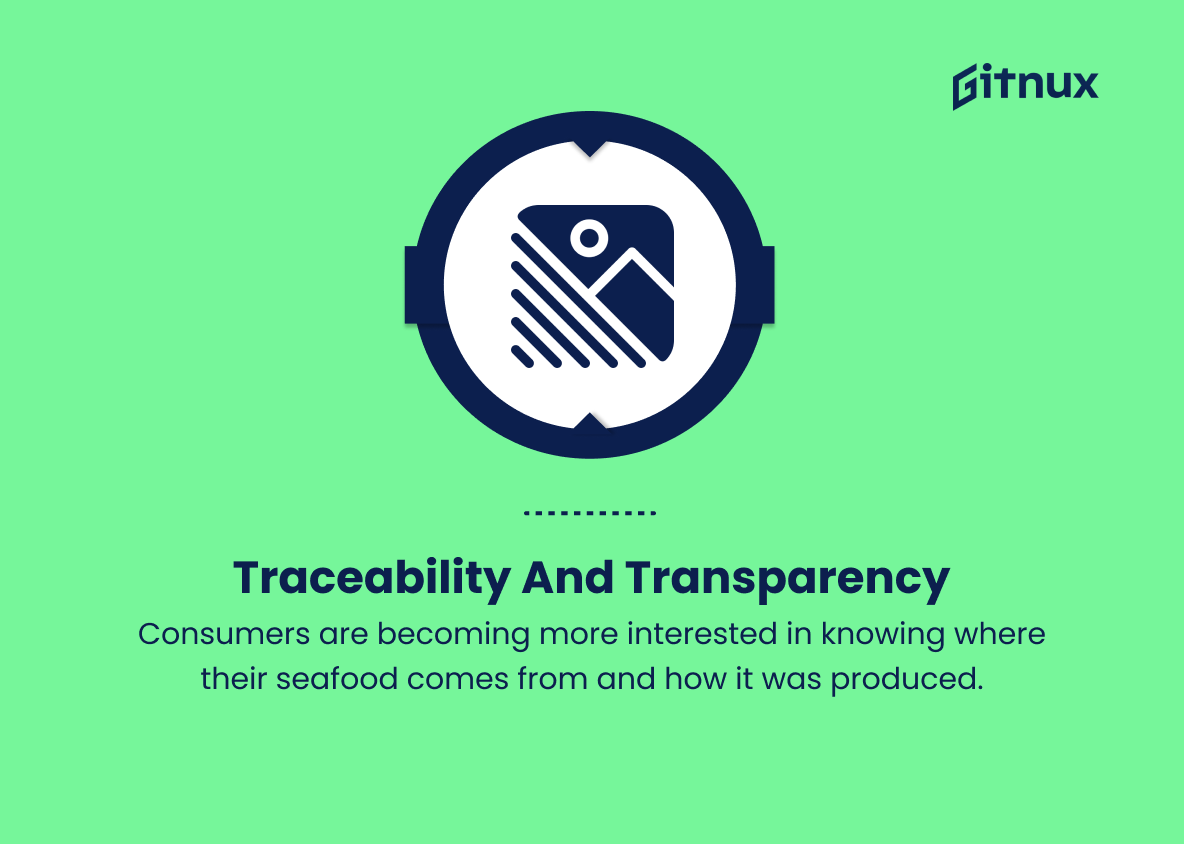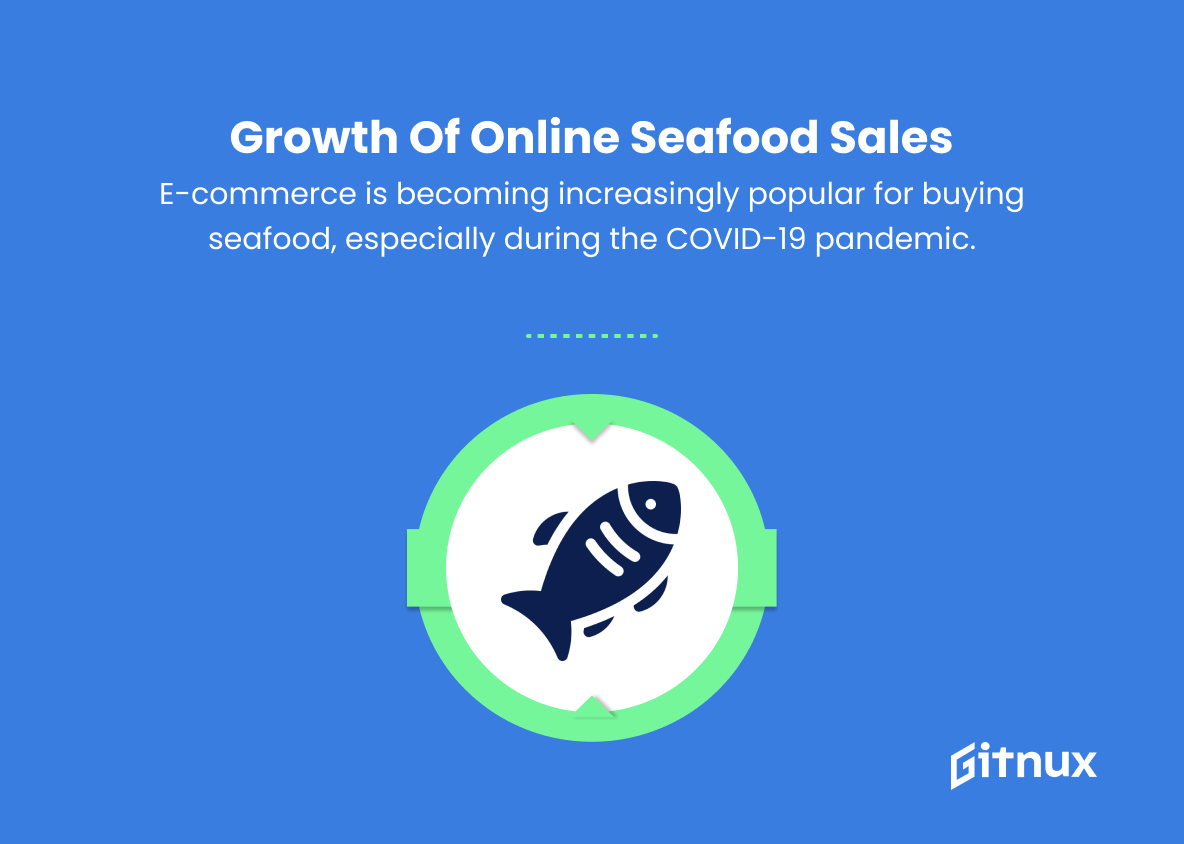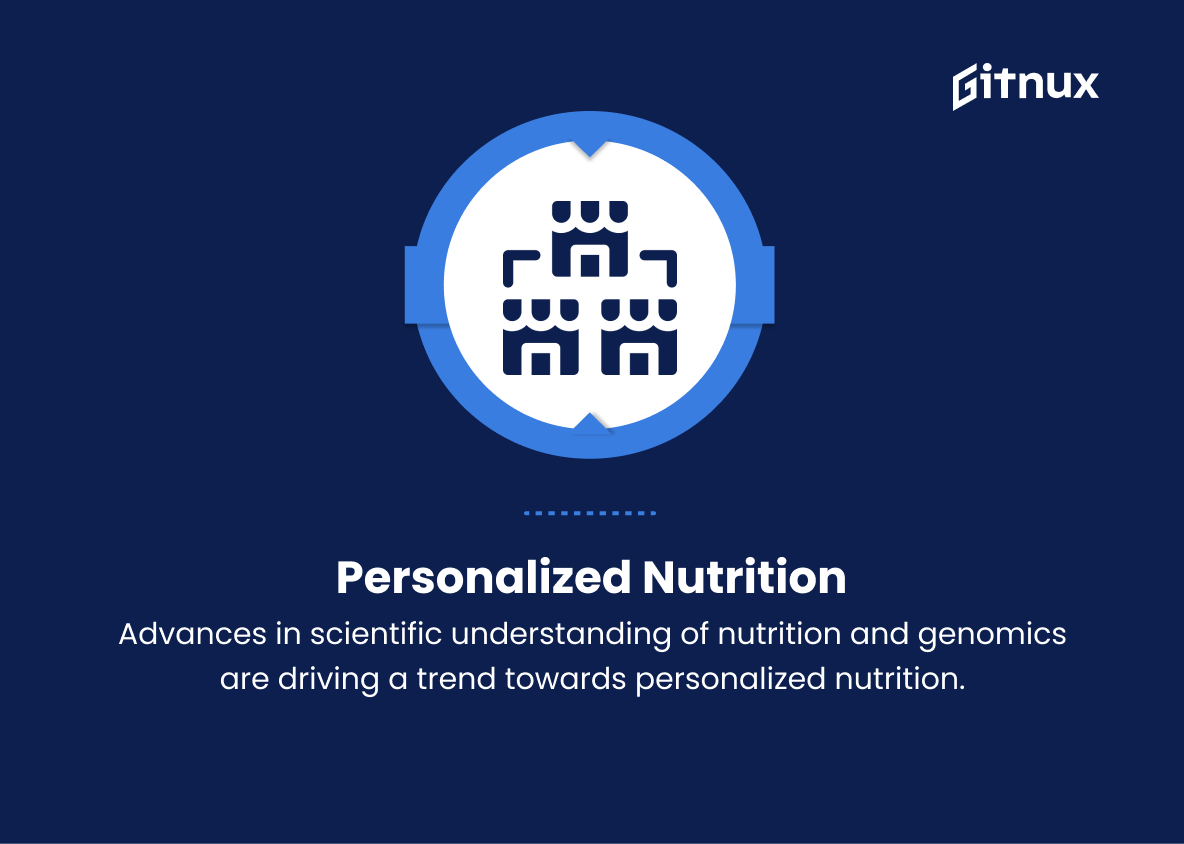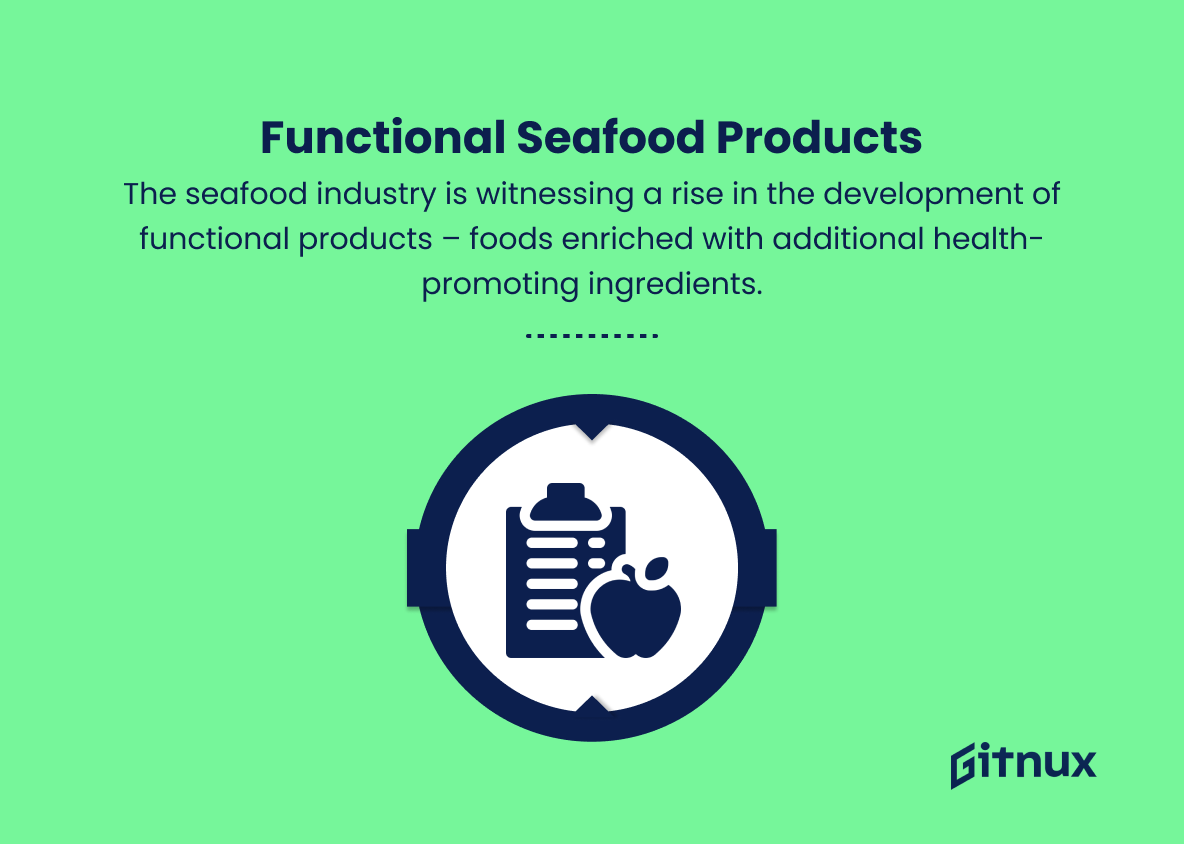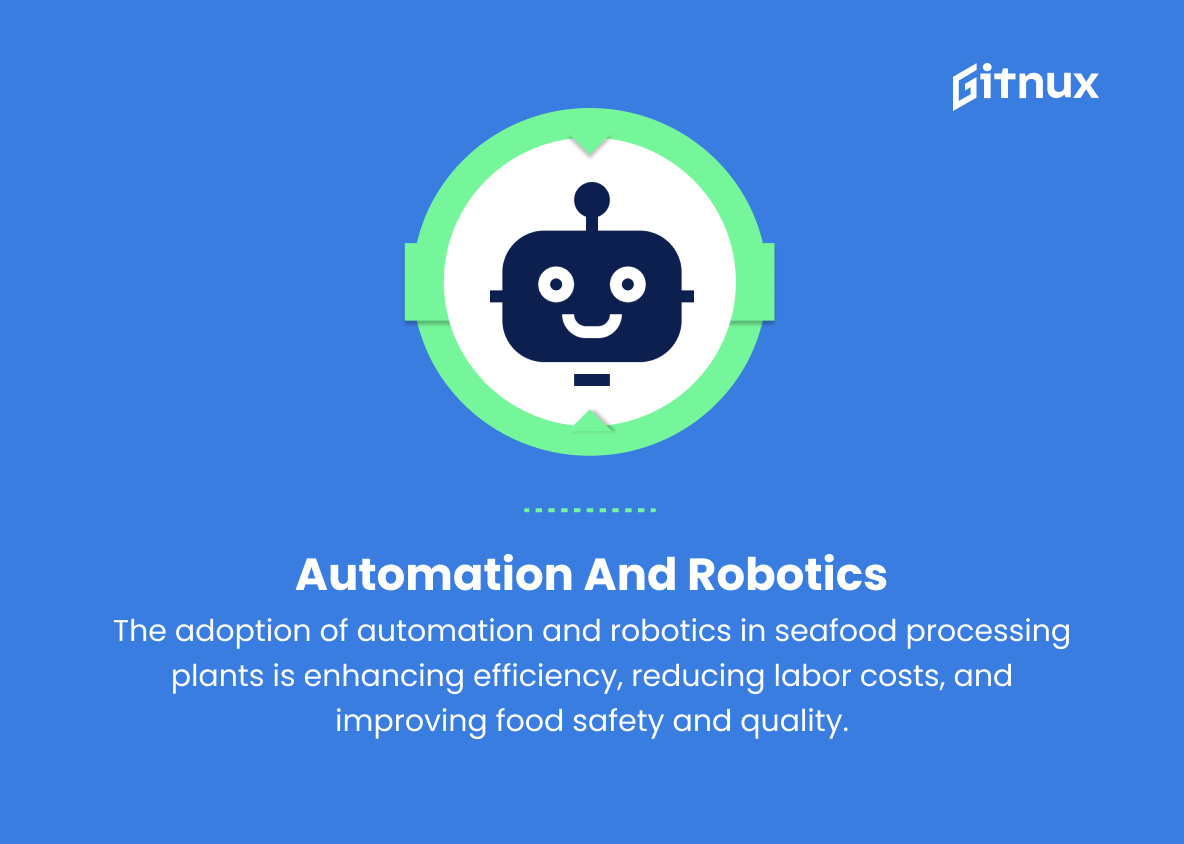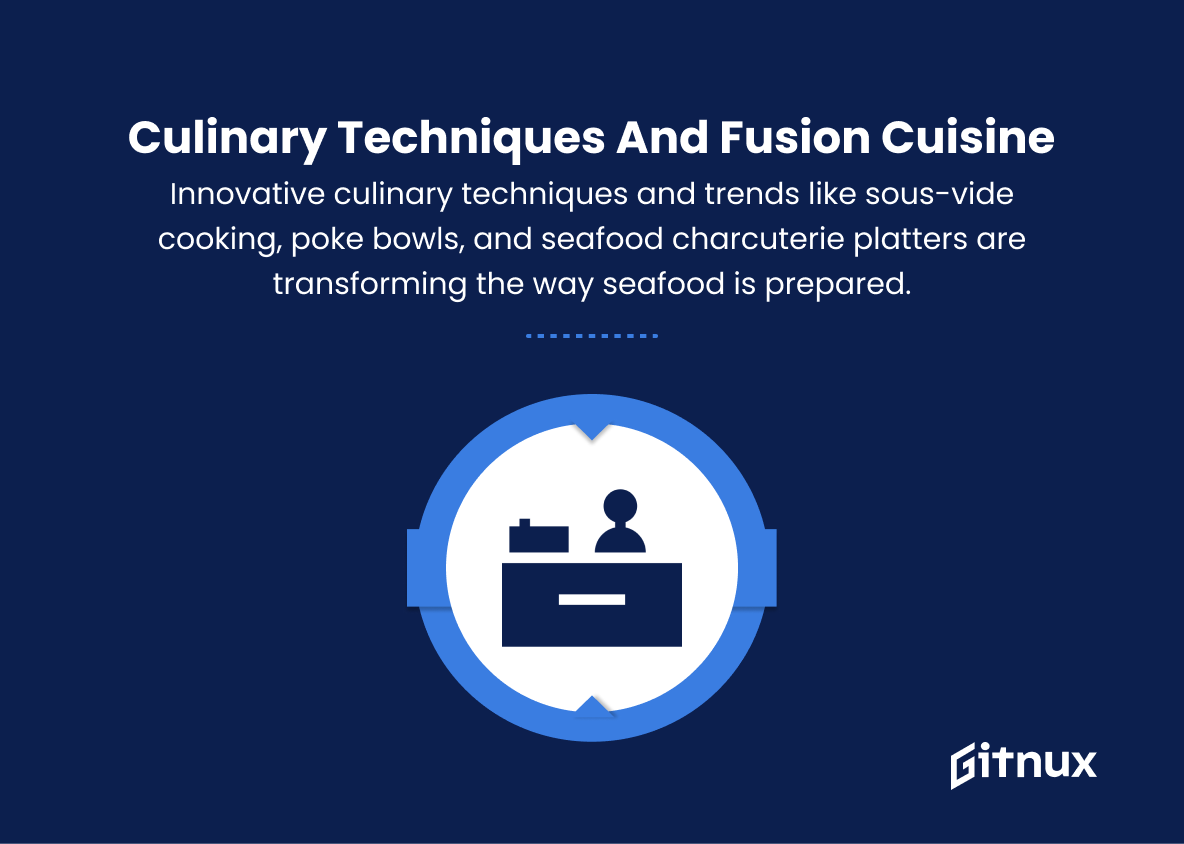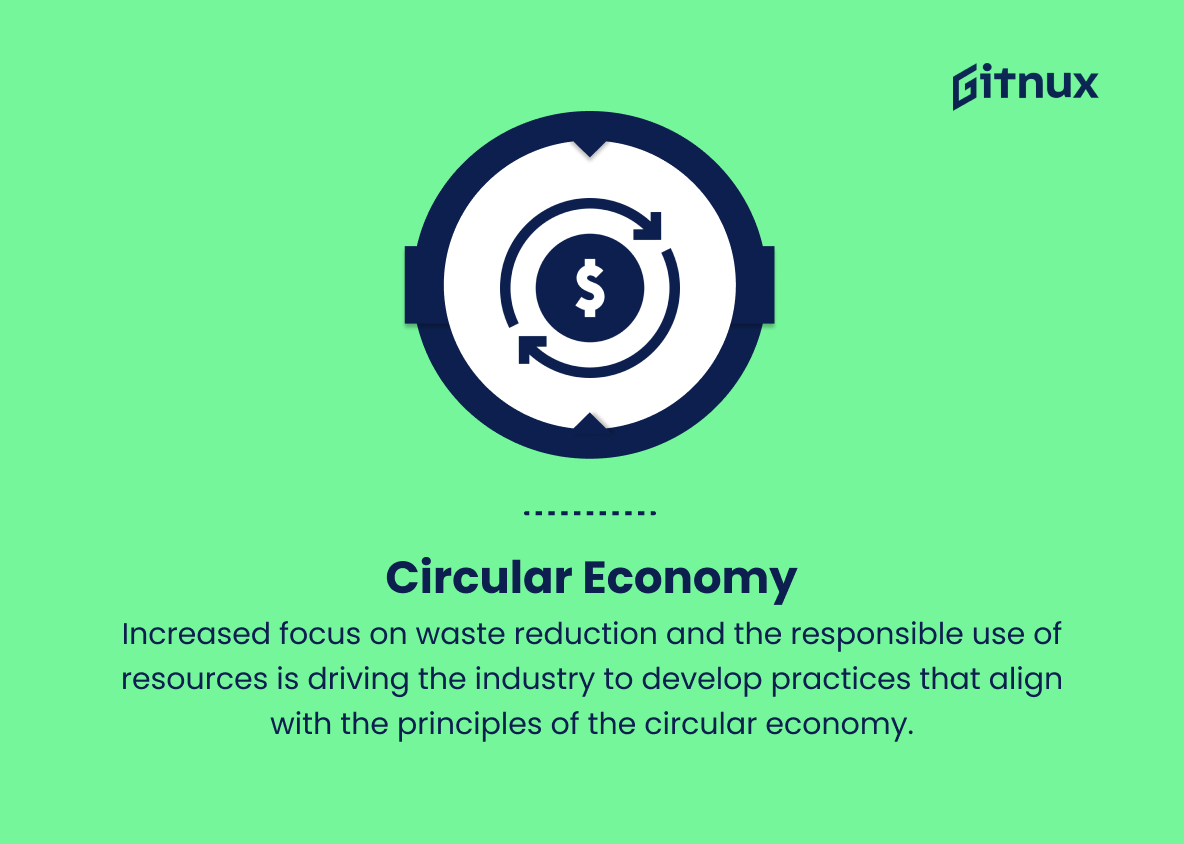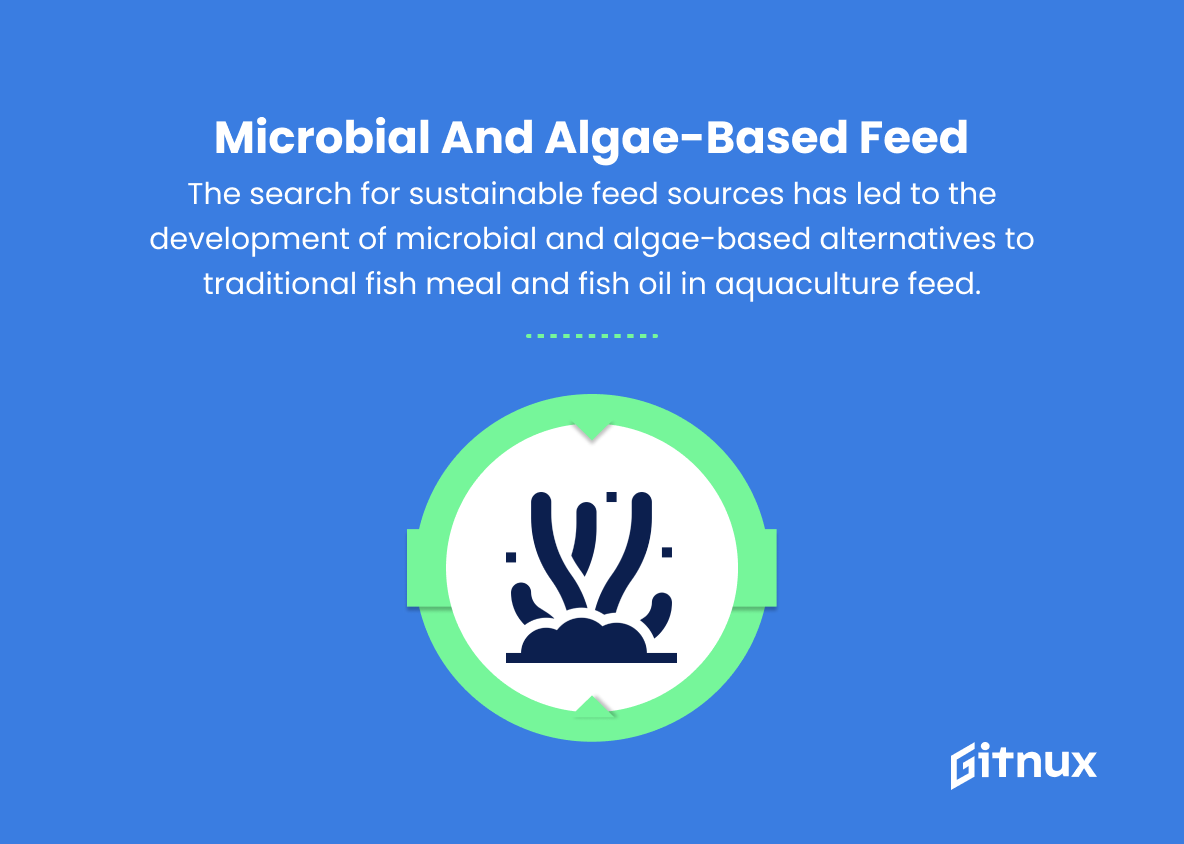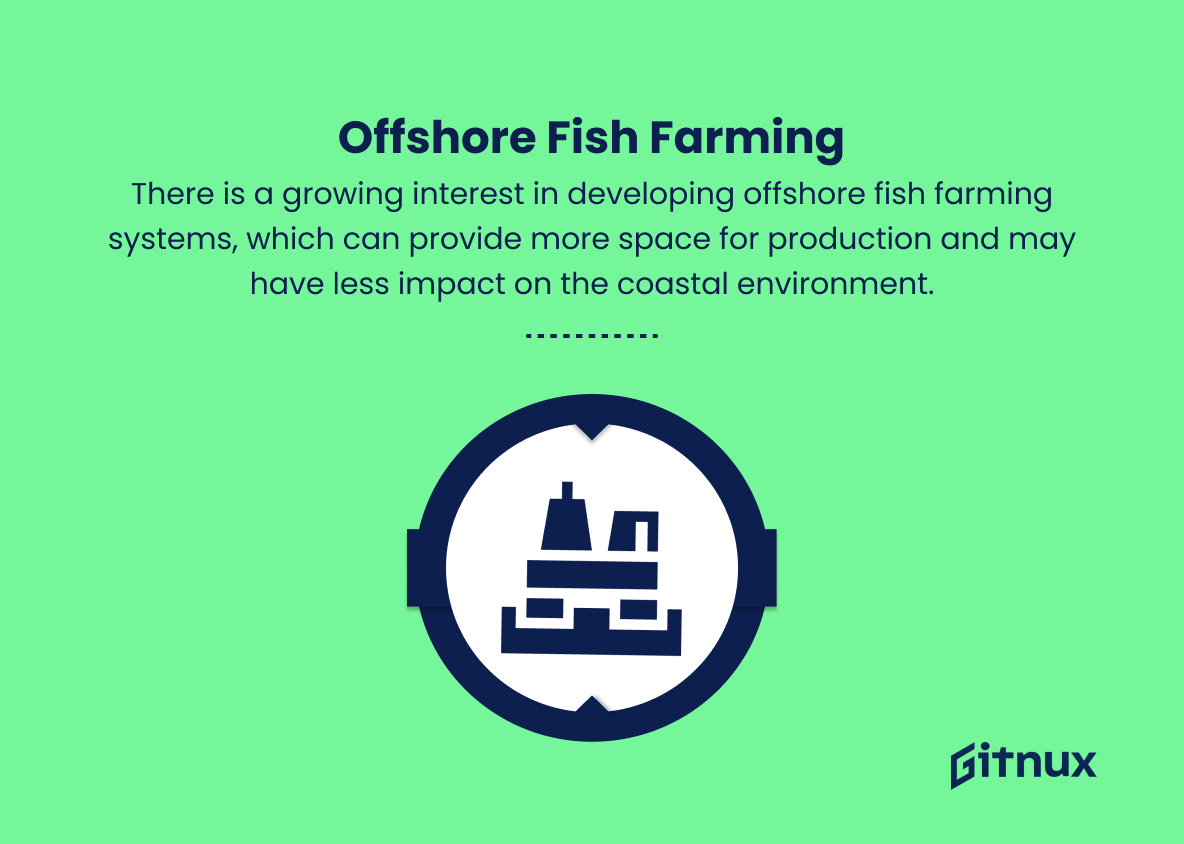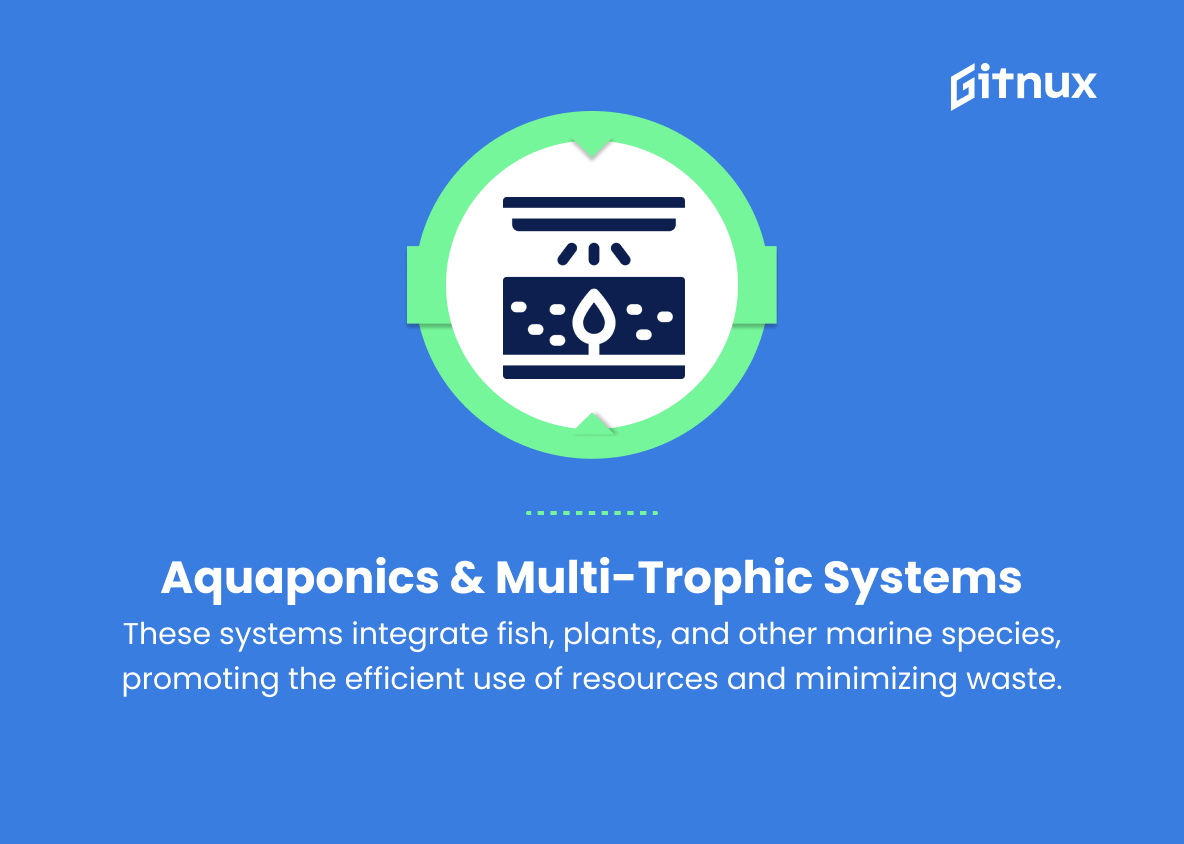As our global society continuously evolves, the seafood industry finds itself facing new challenges and capitalizing on novel opportunities. Environmental awareness, consumer preferences, emerging markets, and technological advancements all contribute to shaping the future of this vital, multi-billion-dollar industry.
In this comprehensive blog post, we delve into the current seafood industry trends that are reshaping the way we catch, process, and consume aquatic delicacies. Keep reading as we provide expert analyses on key factors influencing the market and highlight pioneering innovations that will redefine the seafood landscape for years to come.
Top Seafood Industry Trends
1. Sustainable aquaculture
Growing awareness and interest in sustainable fishing practices and responsible aquaculture are shaping the seafood industry. Businesses and consumers are increasingly seeking seafood from sources that do not over-exploit marine resources or harm the environment.
2. Innovation in fishing technology
The introduction of advanced tools and technologies (e.g., drone technology, precision fishing, and big data analytics) is allowing the industry to be more efficient, reduce waste, and produce better-quality products.
3. Climate change adaptation
Seafood producers are recognizing the importance of mitigating climate change and adapting to its impacts, such as ocean acidification and rising sea temperatures. This is leading to research and innovation in more resilient species, sustainable seafood production methods, and the development of alternative feed sources.
4. Plant-based and cell-based seafood alternatives
As the demand for sustainable and high-quality seafood continues to increase, companies are investing in developing plant-based and cell-based options to meet consumer preferences and environmental goals.
5. Traceability and transparency
Consumers are becoming more interested in knowing where their seafood comes from and how it was produced. There is a growing demand for increased traceability and transparency across the supply chain, which is encouraging the development of new technologies and certification programs.
6. Growth of online seafood sales
E-commerce is becoming increasingly popular for buying seafood, especially during the COVID-19 pandemic. This trend is expected to continue, with more producers utilizing online platforms to reach a broader market.
7. Personalized nutrition
Advances in scientific understanding of nutrition and genomics are driving a trend towards personalized nutrition. Consumers are becoming more focused on choosing seafood options that provide specific health benefits, such as omega-3 fatty acids, vitamin D, and selenium.
8. Functional seafood products
The seafood industry is witnessing a rise in the development of functional products – foods enriched with additional health-promoting ingredients, such as probiotics, to cater to health-conscious consumers.
9. Automation and robotics
The adoption of automation and robotics in seafood processing plants is enhancing efficiency, reducing labor costs, and improving food safety and quality.
10. New culinary techniques and fusion cuisine
Innovative culinary techniques and trends like sous-vide cooking, poke bowls, and seafood charcuterie platters are transforming the way seafood is prepared, presented, and consumed.
11. Circular economy
Increased focus on waste reduction and the responsible use of resources is driving the industry to develop practices that align with the principles of the circular economy, such as upcycling seafood by-products into valuable ingredients.
12. Microbial and algae-based feed
The search for sustainable feed sources has led to the development of microbial and algae-based alternatives to traditional fish meal and fish oil in aquaculture feed.
13. Focus on antibiotic-free and chemical-free seafood
As antibiotic resistance becomes a major concern, increasingly more seafood producers are looking into producing antibiotic-free and chemical-free seafood products.
14. Offshore fish farming
There is a growing interest in developing offshore fish farming systems, which can provide more space for production and may have less impact on the coastal environment compared to traditional nearshore farms.
15. Aquaponics and integrated multi-trophic aquaculture (IMTA) systems
These systems integrate fish, plants, and other marine species, promoting the efficient use of resources and minimizing waste. The adoption of aquaponics and IMTA systems is expected to increase over the coming years as a sustainable seafood production method.
Implications
The future of the seafood industry is rapidly evolving, driven by an increased focus on sustainability, technological innovation, and changing consumer tastes. As businesses and consumers prioritize eco-friendly practices, sustainable aquaculture and innovative fishing technology are becoming industry norms. At the same time, climate change adaptation and the development of microbial and algae-based feed sources are spurring research and technological advancements in seafood production. As demand for environmentally friendly and high-quality seafood grows, plant-based and cell-based alternatives are emerging alongside increased transparency within supply chains.
This shift is reflected in the growth of online seafood sales and greater emphasis on personalized nutrition and health-promoting functional products. Furthermore, automation, robotics, and new culinary techniques continue to revolutionize seafood processing and consumption, enabling the industry to reduce waste and maximize efficiency through better alignment with circular economy principles. The industry’s commitment to reducing antibiotic use and promoting chemical-free products, along with the ongoing exploration of offshore fish farming and integrated aquaculture systems, underscores a larger effort to meet consumer demands for safe, ethical, and environmentally responsible seafood products.
Conclusion
In summary, the seafood industry is continuously evolving, adapting to the changing tastes of consumers, regulatory environments, and global supply chains. As we strive for a more sustainable future, innovation, and technology will undoubtedly play a significant role in meeting the growing demands for seafood while preserving our precious ocean ecosystems.
It is essential for businesses, governments, and individuals to remain informed of these trends and work collaboratively to ensure a thriving, resilient, and sustainable seafood industry that benefits both the planet and its inhabitants for generations to come.
